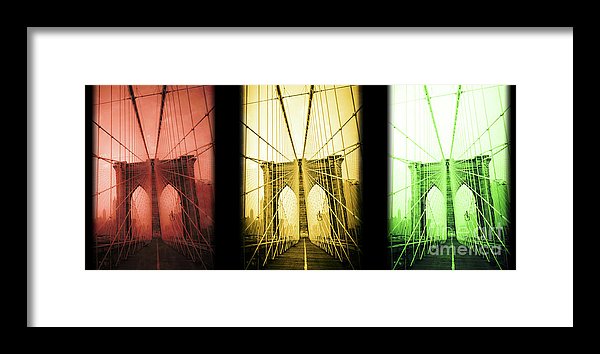I saw the most amazing, vivid, super saturated, bold color photographs tonight at the AVA Gallery. Its rare to see dye transfer prints these days but as part of the new show, James Browning is displaying a large collection of landscapes from around the world.
Color Brought Forth: Dye Transfer Prints by James Browning, on display from January 13
through February 3, 2017 in the E.N. Wennberg Gallery
James Browning, of Lebanon, NH, is a photographer and a professional Dye Transfer printer.
He began using the large format photography process in the mid 1980’s and his photographic
process, development as a photographer, and sense of color was greatly influenced by his
appreciation of prints made with the Dye Transfer process. (Browning’s family had been using this process for 67 years both commercially and artistically.) This unique process was introduced in the 1940’s by the Eastman Kodak Company — when they discontinued the materials in 1994, Browning created a special formula so that he could continue the process in his studio. His work was recently exhibited at the Wuyue Gallery in Beijing, China.
Browning does dye transfer work for other photographers from his lab in Lebanon, NH – its a labor intensive process so don’t expect Fotomat pricing but the results are museum pieces that will last a lifetime – http://www.dyetransfer.org/Site/Dye_Transfer_Resources.html
The use of dye imbibition for making full-color prints from a set of black-and-white photographs taken through different color filters was first proposed and patented by Charles Cros in 1880.
In 1994, Eastman Kodak stopped making all materials for this process. The dyes used in the process are very spectrally pure compared to normal coupler-induced photographic dyes, with the exception of the Kodak cyan. The dyes have excellent light and dark fastness. The dye transfer process possesses a larger color gamut and tonal scale than any other process, including inkjet. Another important characteristic of dye transfer is that it allows the practitioner the highest degree of photographic control compared to any other photochemical color print process.
